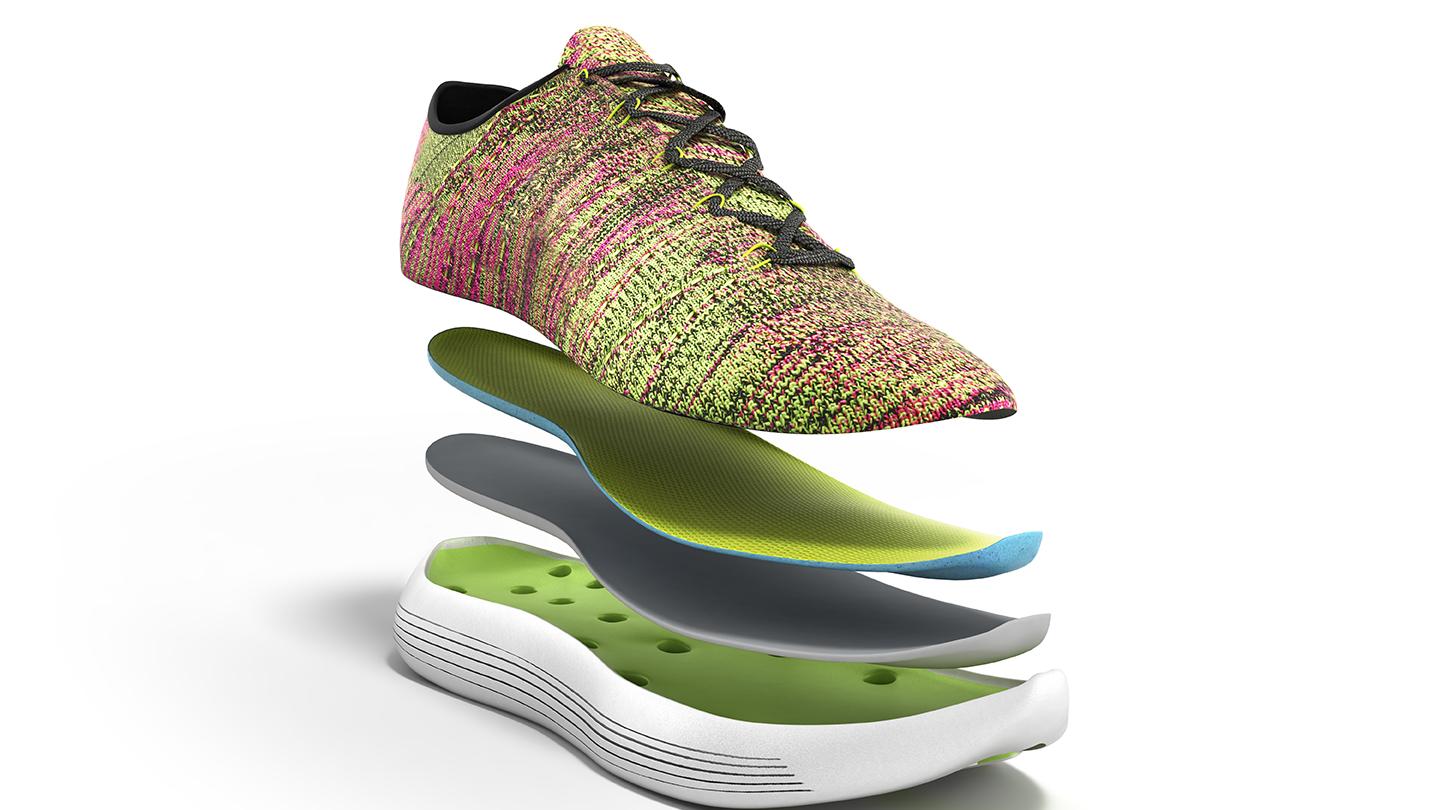Visualising fashion’s faster future
The world of fashion is intrinsically forward-thinking. Trends change in the blink of an eye, driven by wave after wave of progressive designers in pursuit of the next classic look. In fashion, much as in all art forms, the consensus is never to be content to settle for what has come before.
It’s with heavy irony, then, that the methods used by clothes designers in planning their new creations are so outdated. Fashion may well be “instant language”, as Miuccia Prada once said, but the product development cycle is far from instantaneous.
Ponderous processes
Why is this? Firstly, there’s the fact that designers generally still start their creative process in pencil, and in two dimensions. As we’ve written about before, this can create a major problem in the form of the ‘disconnect’; the root of all problems in product design due to the failure to properly convey a designer’s original idea.

In the fashion and sportswear industries, every designer is familiar with the huge number of new fabrics that are developed for each new season. Yet to really understand how an item of clothing will ultimately end up looking and, importantly, feeling, many designers still rely on seeing the materials in the flesh. This is because a 2D sketch on a page can’t accurately convey how shiny, furry, metallic or velvety a material is.
As in all design work, this launches an arduous period of prototyping. Countless samples get sent for photography, and many get lost, worn home or simply never returned. Add in the fact that many of these samples are shipped cross-country between departments, management and the designers themselves, and the whole process becomes expensive, drawn-out and ineffective; a way of working that drastically increases the length of time between a piece of clothing’s conception and its realisation.
A new reality
How can the industry be moved forward? And how can the process that creates new fashions become as innovative as the clothes themselves? Superior design visualisation tools are one solution, especially thanks to the 3D applications now being able to create life-like textures that represent materials realistically.
A shoe designer, for instance, is now able to use software to see exactly how a material looks—and even how it moves and flexes when worn—before the manufacturing process begins. This could spell the end of that lengthy sampling process, while still allowing designers to see exactly how their clothes will look in real life, with a detailed view of textures and materials from any angle.
While an accurate digital representation can considerably cut down the design time by reducing the number of prototypes produced, there’s still an inherent need to create samples at different stages throughout. Haptic feedback technology is being developed to provide the sensation of your foot hitting the pavement, but for now we still need to try on a shoe to really understand how it feels.

However, photorealistic 3D visualisation does allow for much more streamlined workflows. Firstly, design intent can always be clearly communicated to a manufacturer, easing the minds of designers who previously might have worried about misconstrued interpretations and expensive corrections.
These workflows also allow for a quicker design review process, thanks to all parties having a ‘source of truth’ to work from—there’s no need for awkward conversations explaining a concept to managers when they can see the product for themselves.
With such time-consuming aspects of the design cycle abated, an 18-month process will soon be unimaginable—to the extent the entire process could conceivably be completed in just one week.


